I’m not a soapmaker. Let’s just start with that. However, I love homemade soap, and I have some amazing friends who are awesome soapmakers. One of my favorites is Plantain Herbal Soap!
Soap making is one of those lost skills that truly does take a few tries to learn and get right. Thankfully, it’s really not a hard or complicated process, it just looks a little scary when it comes to using certain ingredients.
Lye, specifically, scares the bejeezus out of me. However, when I got Jan Berry’s book, Simple & Natural Soapmaking, a brand new sense of confidence welled up within me. This book is absolutely incredible and takes all the “scary” out of it! It’s perfect for the beginner soap maker, and even the experienced one.
The photos alone are gorgeous to flip through, and Jan’s ease of instructions are so inviting to the homesteader.
Here’s one of my favorite recipes! Be sure to get Jan’s new book by clicking here
Plantain is a common leafy green weed found throughout the world that soothes, cools and moisturizes. This soap recipe features nourishing plantain infused olive oil, but for an extra dose of herbal goodness, you could also use cooled plantain tea in place of the water.
Before you make this recipe, you’ll first need to make plantain infused oil. To do so, fill a canning jar about half-way with dried plantain leaves. Pour olive oil over the dried herb until completely covered by several extra inches of oil. Cover with a lid and infuse for several weeks, then strain. For a quicker infusion, set the uncovered jar into a saucepan filled with a few inches of water. Heat the pan over very low heat for 2 to 3 hours. Cool and strain. Use in place of regular olive oil in soap recipes.
Plantain Leaf Herbal Soap
Makes 7 to 8 bars (2.5 lbs/1.13 kg)
Lye Solution
3.95 oz (112 g) Sodium Hydroxide (also called Lye or Caustic Soda)
8.75 oz (248 g) Distilled Water or Plantain Tea
1 tsp French Green Clay (optional, for pale green color)
Solid Oils
7.5 oz (213 g) Coconut Oil
4 oz (113 g) Mango or Shea Butter
Liquid Oils
13 oz (369 g) Plantain Infused Olive Oil
3.5 oz (99 g) Hemp or Avocado Oil
Extras
1.05 oz (30 g) lavender essential oil (optional, for scent)
Notes & Tips
If you don’t have mango or shea butter, try using cocoa or kokum butter, tallow or lard for a similar effect.
To further enhance the recipe, you could add 1 tbsp ground oats and/or 1.5 tsp honey (diluted with 1.5 tsp water) at trace.
All oils, butters, water and lye should be measured by weight. You need an accurate scale to make soap.
Step 1: Make the Lye Solution
Wearing protective gloves and eyewear, carefully stir the lye (sodium hydroxide) into the distilled water or plantain tea until dissolved. Stir in the French green clay, if using, for added color. Work in an area with good ventilation and be careful not to breathe in the fumes. Set the lye solution aside to cool for about 30 or 40 minutes or until the temperature drops to around 100 to 110°F (38 to 43°C).
Step 2: Prepare the Oils
Gently heat the coconut oil and mango or shea butter on low heat until melted. When the solid oils are melted, take the pan off the heat and pour in the liquid oils. This helps cool down the melted oils, while warming up the room temperature oils.
Step 3: Mixing
Pour the cooled lye solution into the warm oils. Using a combination of hand stirring and an immersion blender, stir the soap batter until it thickens and reaches trace. Trace is when the soap has thickened enough so when you drizzle a small amount of the batter across the surface, it will leave a fleeting, but visible imprint or “trace” before sinking back in.
Step 4: Add Essential Oils
If using, stir in the lavender essential oil.
Step 5: Pour in Mold
Pour the soap batter into a soap mold. Cover lightly with wax or freezer paper, then a towel or light blanket. Peek at the soap every so often; if it starts developing a crack, uncover and move to a cooler location.
Step 6: Cut & Cure
Keep the soap in the mold for 1 to 2 days, or until it’s easy to remove, then slice it into bars when it’s firm enough not to stick to your cutting tool. Cure on coated cooling racks or sheets of wax paper for about 4 weeks before using. The soap is safe to touch 48 hours after making it but it needs the extra time to allow the excess moisture to evaporate out.
You’re done!
Enjoy your soap!

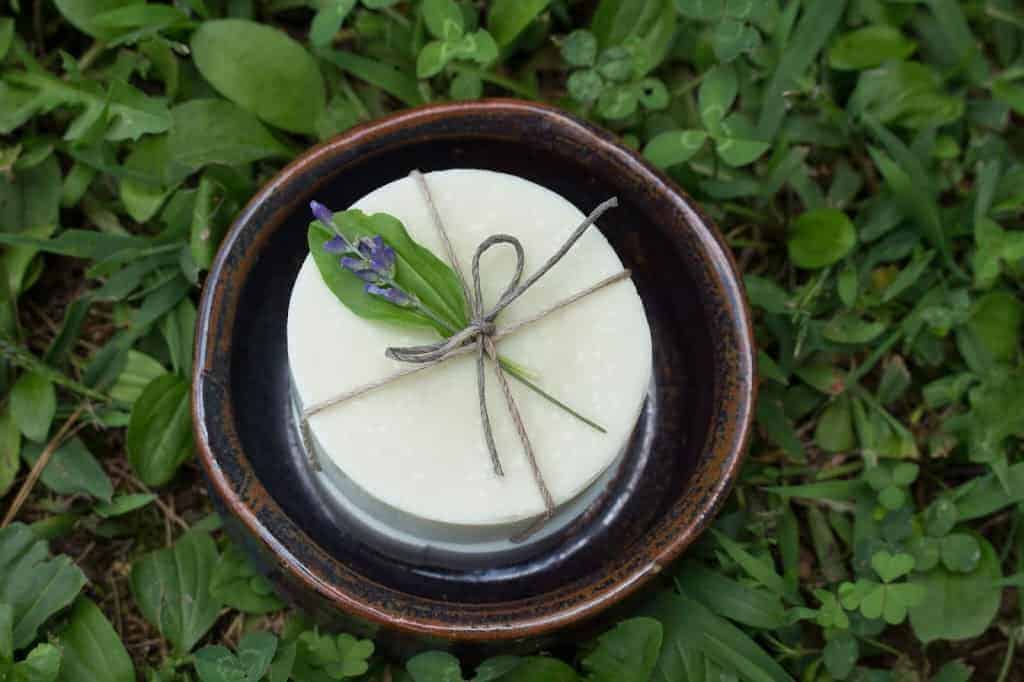
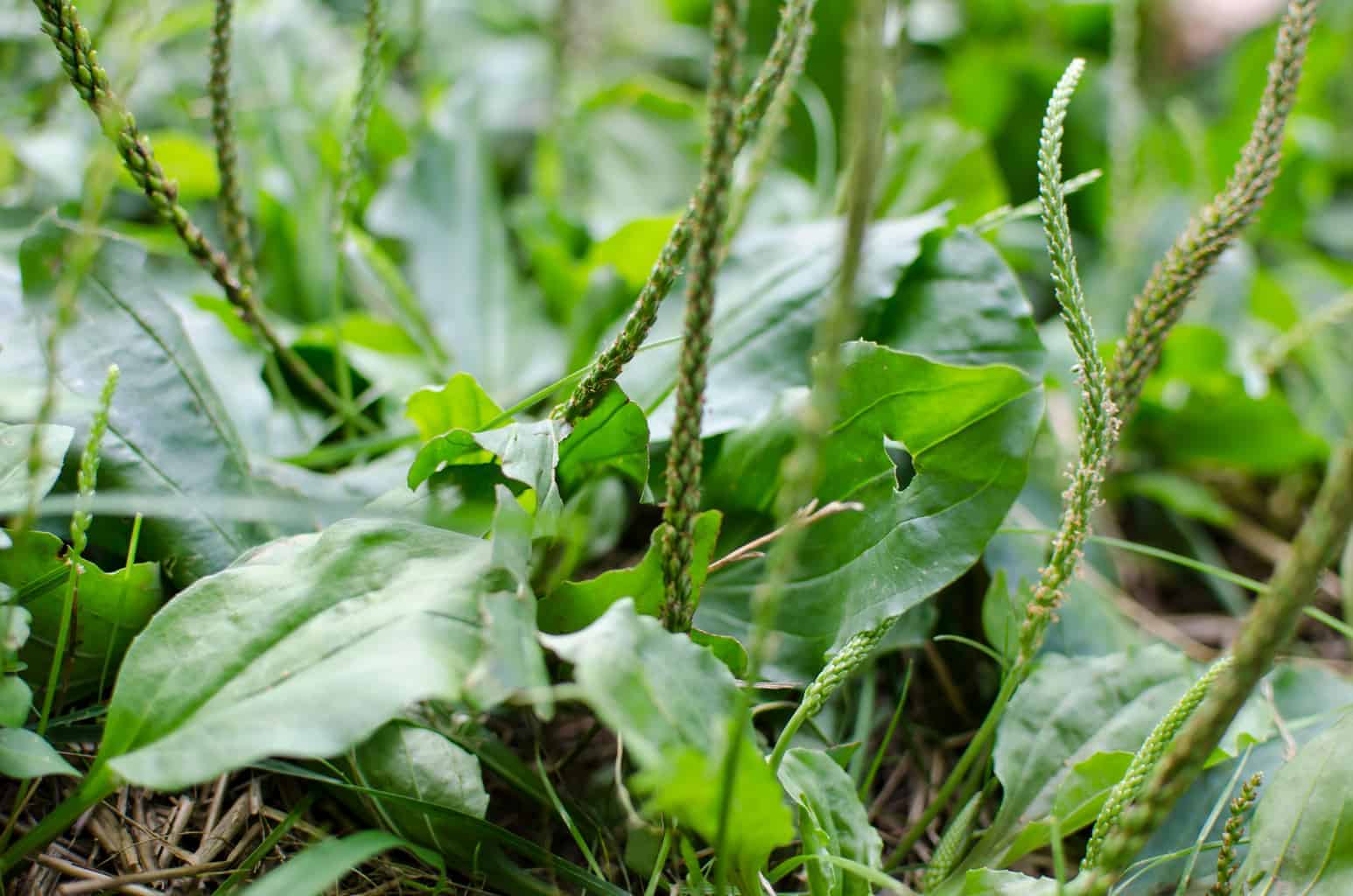

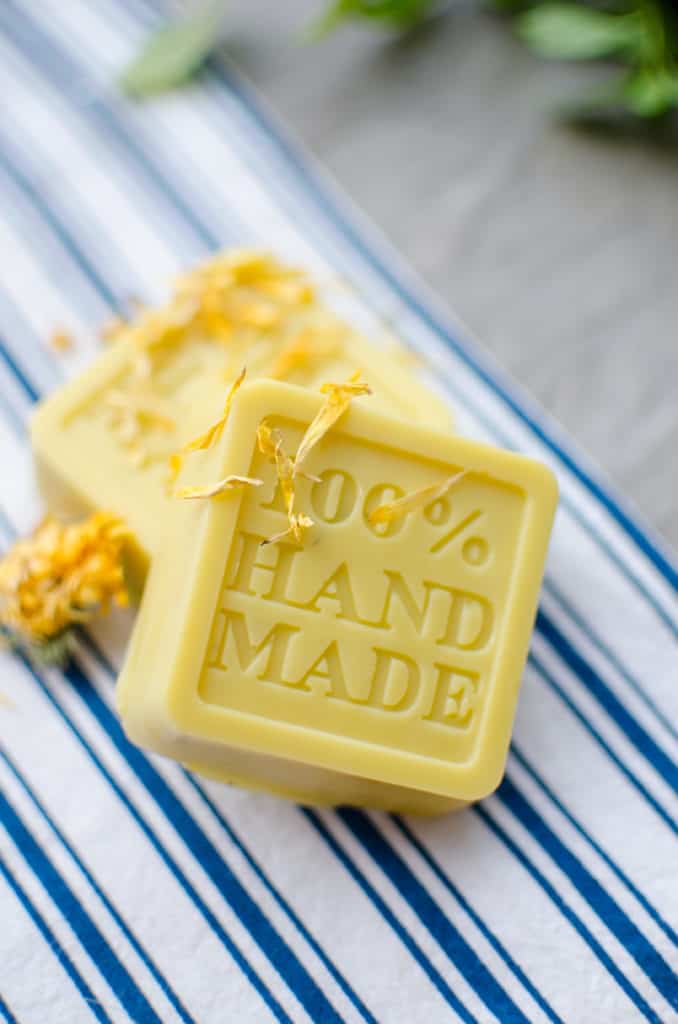
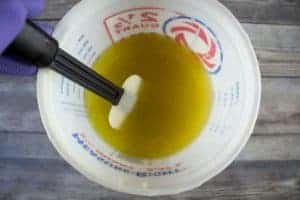
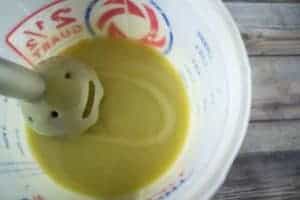
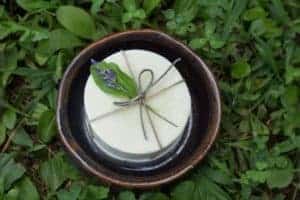
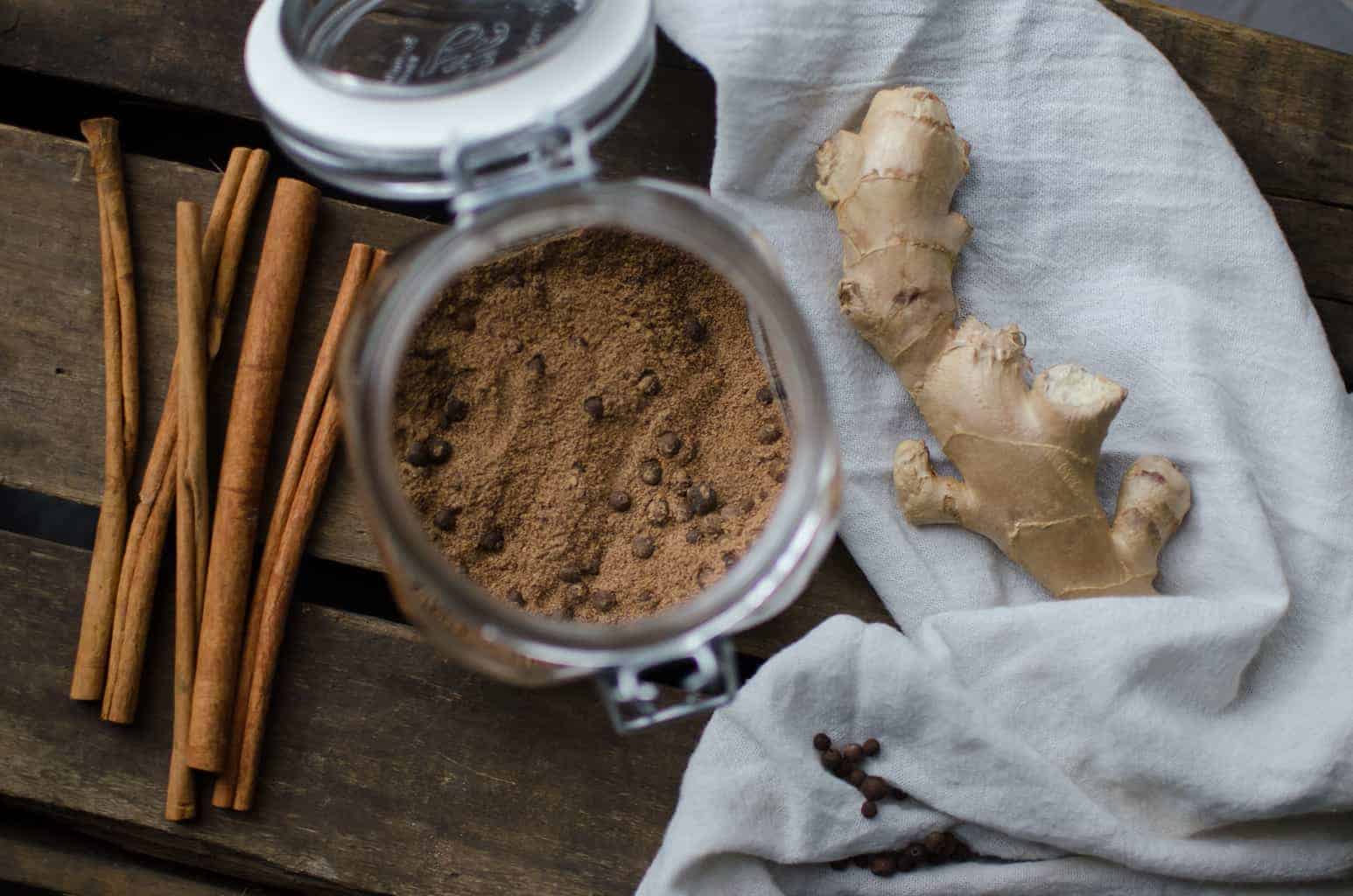
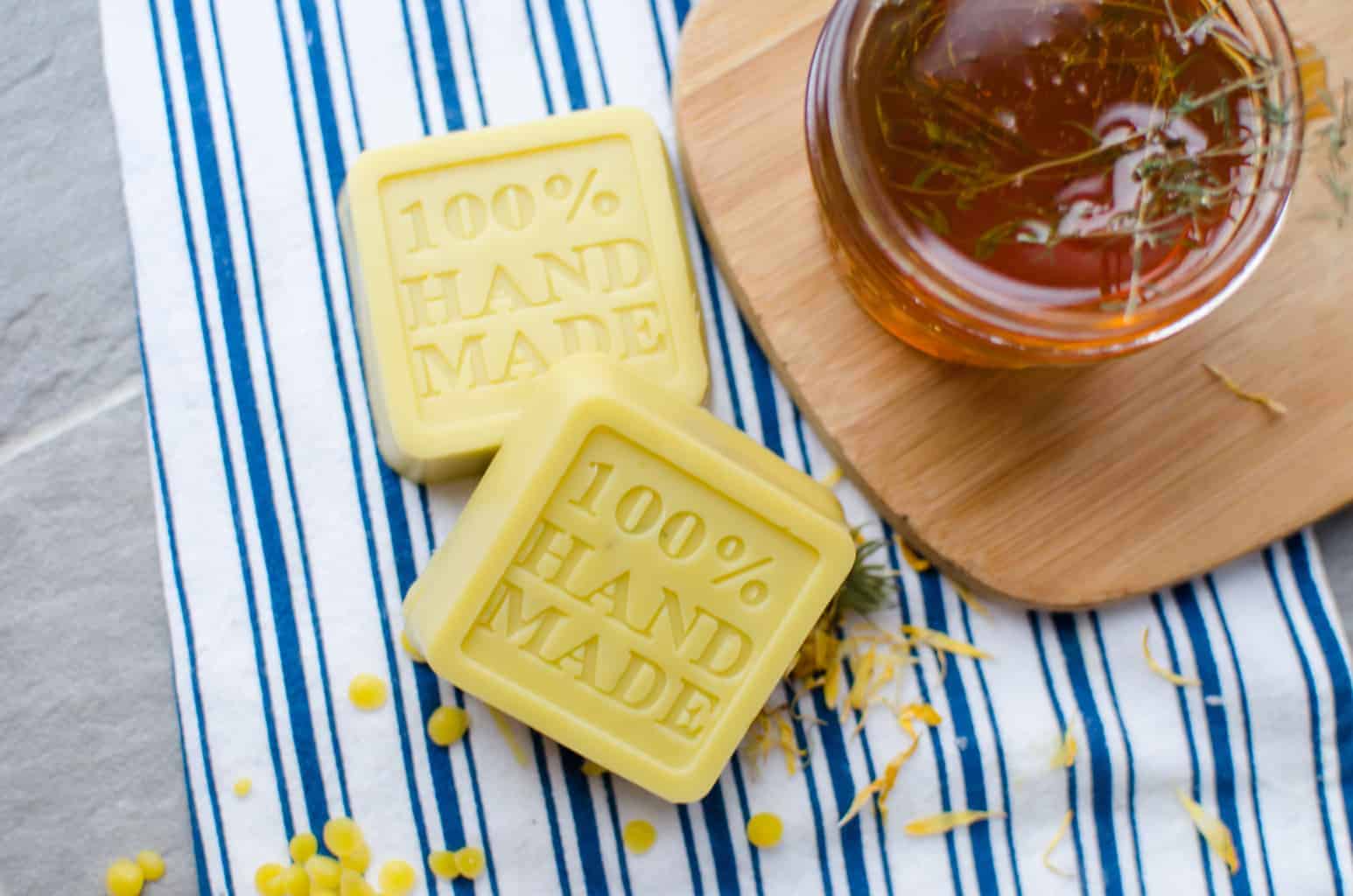

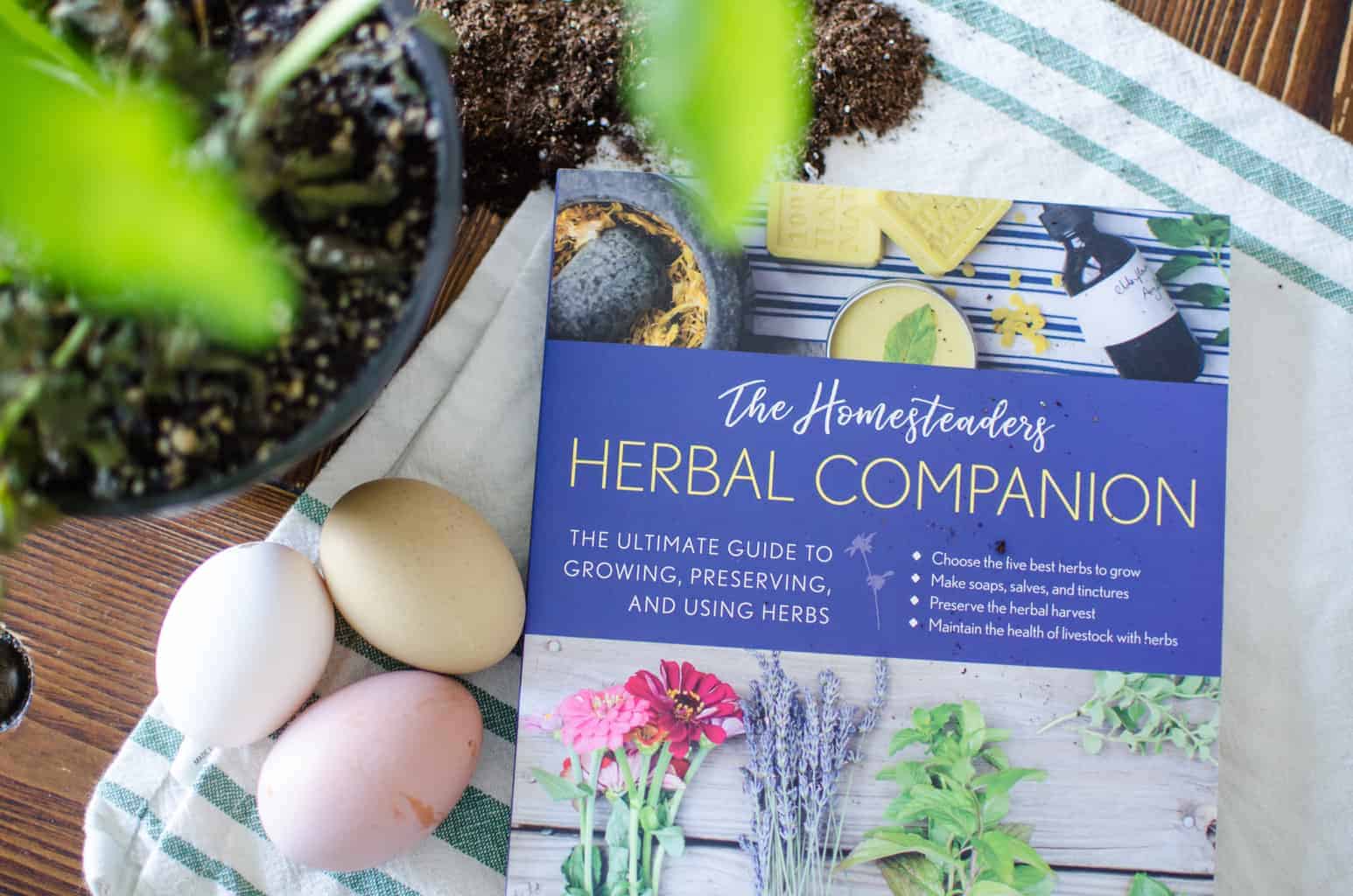
bοokmarked!!, I really like y᧐uг website!
I am SO glad I found you! You are such an encouragement and I’ll definitely love learning lots from you!